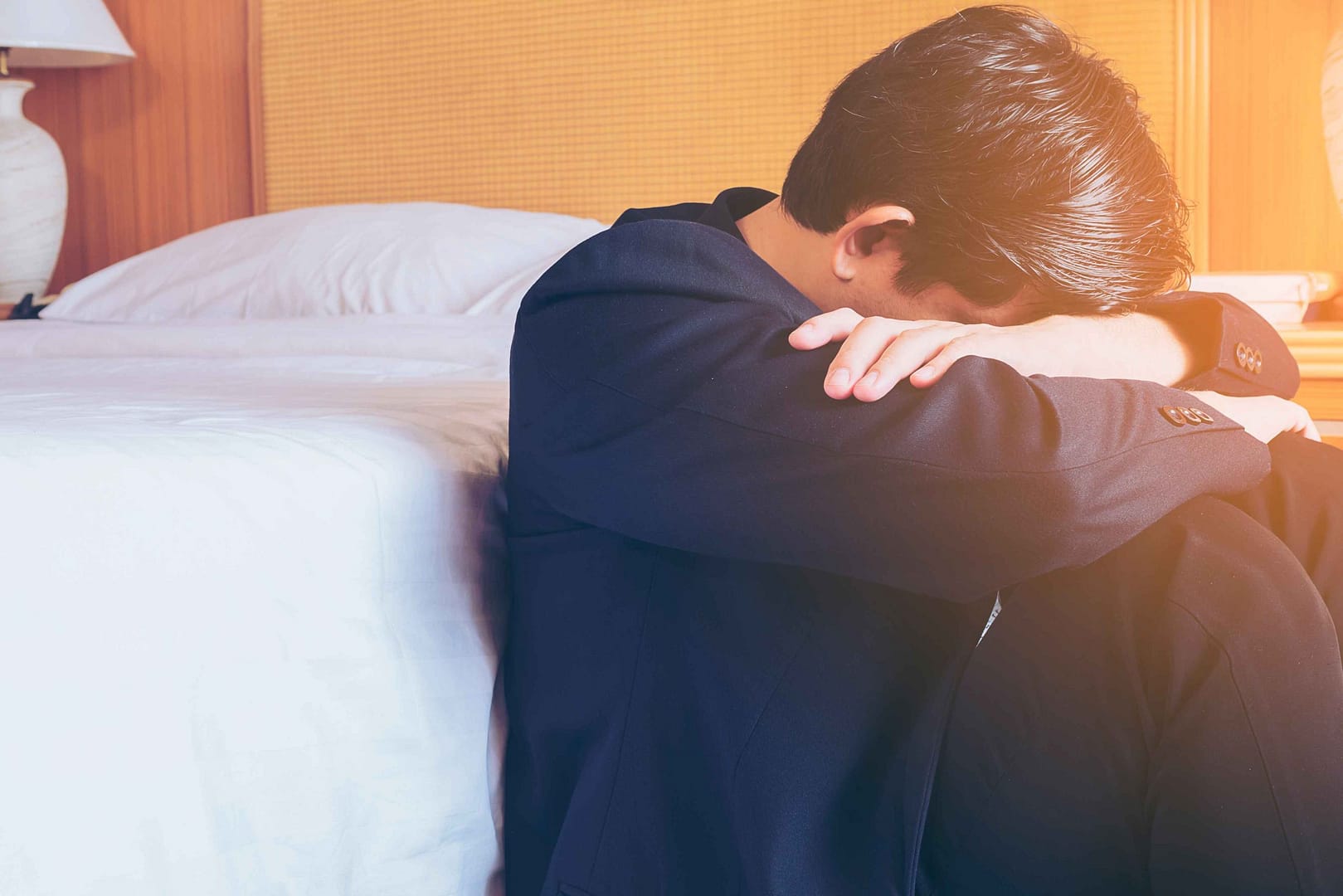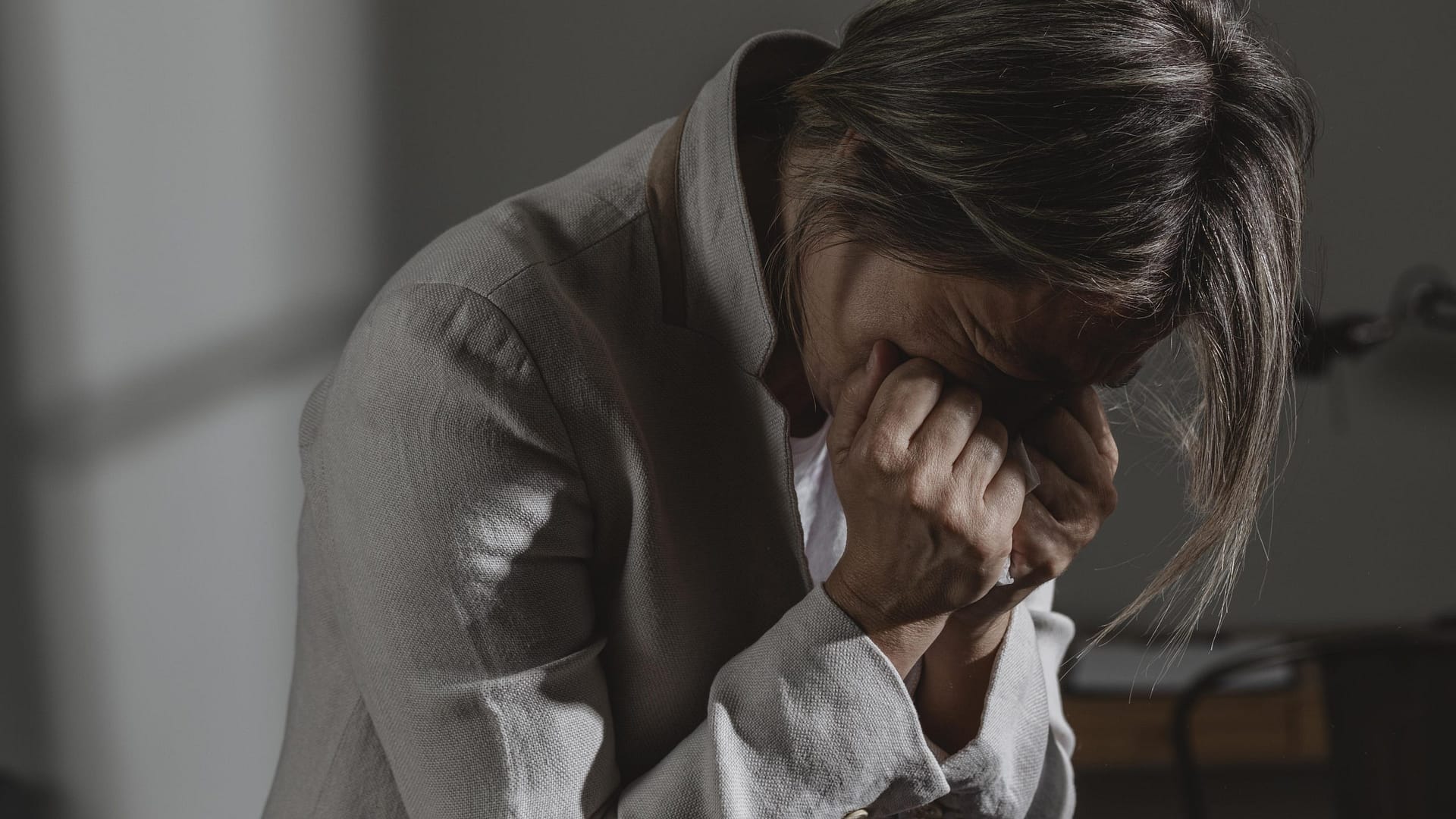Obsessive-Compulsive disorder is a mental health issue in which individuals have constant repetitive thoughts and unwanted obsessions. The affected person also performs repetitive behaviors or mental acts that they feel compelled to do. These acts are aimed at reducing anxiety regarding the occurrence of unwanted or feared events.
OCD can severely impact daily life as these obsessions take up the individual’s time, leaving no room for activities that actually matter. There are, in fact, 7 different types of OCD. Go through the blog below to learn about them.
Seeking OCD treatment in New York is very important if one wants to heal from OCD symptoms.
Seven Key Types of OCD
Contamination OCD
Contamination OCD involves an intense fear of germs, dirt, or other contaminants. In this form of OCD, many people think they will become sick or seriously harmed if they come into contact with germs themselves or transmit them to their loved ones.
- Excessive washing: People often wash their hands, body, or personal belongings over and over again.
- Cleaning: Symptoms include consistent cleaning of one’s home, among other environments, to remove germs.
- Avoidance: People refrain from coming closer to places, individuals, or objects that they perceive as dirty.
Harm OCD
Harm OCD leads to intrusive thoughts about causing harm to oneself or others. These thoughts may be very disturbing. So, it can make one conduct certain actions in order to prevent the feared harm from actually occurring.
- Checking: Signs include checking locks again and again ensuring stoves are off to avoid any risks or danger that they believe could occur.
- Reassurance seeking: Harm OCD can make individuals ask for reassurance that they did not hurt another person. Still, they struggle to let go of the thought that they might have hurt others. This might lead to further depression instead of consolation.
- Mental rituals: To counteract harmful thoughts, one might employ specific mental routines.
Scrupulosity
Scrupulosity is an obsession with moral or religious issues that often leads to excessive guilt and doubt about one’s own behaviors or thoughts. It makes people with OCD feel as though they are constantly on the brink of committing a sin, religiously or morally.
- Over-Praying: Affected individuals engage in extended periods of prayer over and over again in order to relieve guilt or anxiety.
- Confessing: Individuals might regularly confess to committing sins to religious leaders or loved ones.
- Mental Reviewing: Individuals with this condition constantly go back mentally to see if what they did was right from the religious morals point of view.
Hoarding OCD
Hoarding OCD can be defined as an inability to discard items due to emotional attachment or fear of being needed later. This behavior often leads to congested living spaces, causing much distress for those affected by it.
- Collecting Items: This condition leads to unnecessary acquisition of goods, which normally ends up filling rooms with junk materials.
- Organizing: Individuals spend too much time organizing things in specific manners.
Sensorimotor OCD
This type of obsessive-compulsive disorder is characterized by intense physical sensations in various body parts, resulting in heightened levels of distress. This includes fixation on breathing, blinking, swallowing, etc.
- Tapping or Touching: Individuals with this condition might perform repeated physical actions to avoid being troubled with heightened attention.
- Counting: People perform acts such as quantifying breaths or any other body activities to ward off the constant anxiety inside them.
Relationship OCD
Relationship OCD involves recurring doubts about relationships’ stability and authenticity of emotions towards another party involved in romance. This kind of OCD results in severe relationship stressors.
- Reassurance Seeking: Individuals with this condition are always asking partners how they feel about them, and how their romantic partnership compares with others’.
- Comparing: People with OCD evaluate their relationships against others so that they conform to certain standards.
Pure O OCD
The purely obsessional form of obsessive-compulsive disorder (OCD), or “pure O,” involves intrusive thoughts that may not be accompanied by recognizable external compulsions but by mental rituals and internal compulsions.
- Harm or Self Harm: Individuals with this condition can have thoughts about hurting themselves or others.
- Violence or Sexual Thoughts: Individuals with this condition might have intrusive thoughts of a violent or sexual nature.
The obsession of those who suffer from Pure O OCD is not limited to harm, self-harm, and violent or sexual thoughts only. These individuals might be obsessed with religious ideas, moral thoughts, etc.
In Pure O OCD the compulsive acts are often performed internally. So it might be difficult for others to identify them.
Seek OCD treatment New York to learn more about the different types of OCD and recover from OCD symptoms. In most forms of OCD affected individuals can suffer the habit of seeking reassurance as the uncertainties of life make them anxious.
People around these individuals should try their best to support them in facing the ups and downs of life instead of providing reassurance. Reassurance only fuels the cycle of anxiety and compulsion.
How Do These Types Differ?
Nature of Compulsions
There is great variation in the compulsions associated with each type:
- Contamination OCD– Contamination OCD sufferers engage in repetitive hand washing, bathing, and cleaning surfaces and objects to avoid germs/contamination.
- Harm OCD– Harm OCD-affected individuals repeatedly check that appliances are off, doors are locked, etc, to ensure safety from harm. In addition, they can go and ask for reassurance from others to lessen the intensity of this fear.
- Scrupulosity– In scrupulosity OCD, a person may excessively pray, confess sins to pastors or priests, and ask for blessings from clergymen while dealing with religious doubts or fears.
- Hoarding OCD– People suffering from hoarding OCD cannot discard things due to their perceived value or emotional attachment. They acquire these possessions recurrently and organize them systematically.
- Sensorimotor OCD– In sensorimotor ocd there may be compulsive tapping on surfaces like desks, body counting and routine movement habits to reduce focus on sensations of the body.
- Relationship OCD-Relationship OCD sufferers perform reassurance-seeking behaviors from their partners. They constantly analyze the relationship and may compare their partner’s behavior with other people’s actions.
- Pure-O OCD– People with pure-O OCD might have to deal with intrusive thoughts by doing various mental exercises or performing different rituals like counting numbers silently, repeating phrases endlessly in their minds, and so on. In this form of OCD, the rituals are not easily identifiable.
Figure out the difference between different forms of OCD with the assistance of NYC psychotherapists.
Possible Causes of OCD
There is no full understanding of the possible causes of Obsessive-Compulsive Disorder (OCD), but several factors are believed to contribute to it. The following are some potential causes:
- Biological Factors: Evidence has been found that imbalances in certain brain chemicals like serotonin and abnormalities in specific brain circuits may be involved in causing OCD.
- Genetics: People with a family history of OCD tend to be more susceptible to developing this condition. This suggests that there are certain genetic variations that can heighten the vulnerability to this disorder.
- Environmental factors: Stressful life events, traumatic experiences, or considerable changes in routine are sometimes responsible for initiating or worsening symptoms related to OCD.
- Learned Behaviors: On some occasions, OCD may arise from learned behaviors or coping mechanisms that have been reinforced over time.
This often further complicates the picture because OCD frequently coexists with other mental health disorders like anxiety disorders, depression, and tic disorders.
It should be remembered that everyone’s experience with OCD is unique, and its causes can be complicated and many-sided. Symptoms can be managed with counseling & psychotherapy, and individuals with OCD can go on to live fulfilling lives.
Treatment Options Based on Evidence for OCD
Exposure and response prevention (ERP)
Exposure and response prevention (ERP) is employed by psychotherapy and counseling services to treat Obsessive-Compulsive Disorder (OCD). It involves the systematic presentation of individuals to situations, objects, or thoughts that provoke their obsessions while helping them not give in to the compulsions or rituals.
People suffering from OCD are gradually taught to build resilience to the anxiety and distress associated with obsessions. Normally, an ERP session happens under the direction of an appropriately qualified therapist.
Cognitive-behavioral therapy (CBT)
Cognitive-behavioral therapy, which is known as CBT, is one of the most commonly used treatment modalities for obsessive-compulsive disorder (OCD). In this approach, individuals are helped to identify and modify negative patterns of belief that drive obsessions and compulsions in them.
Individuals are also trained to develop better problem-solving strategies and coping skills to manage their fears, anxiety, and intrusive thoughts. CBT may encompass techniques such as cognitive restructuring, exposure exercises, and behavioral experiments done in a step-by-step manner.
Acceptance and Commitment Therapy (ACT)
It is a mindfulness-based approach to treating Obsessive-Compulsive Disorder (OCD). ACT is meant to help people be more open to intrusive thoughts and feelings that might be unpleasant. The main goal of ACT is to assist individuals in developing psychological flexibility to become less judgmental and more accepting of thoughts and urges that would be seen as negative or undesirable in the context of OCD.
By practicing mindfulness exercises, people with OCD will learn how to identify their emotions without going through them, thereby reducing distressing emotions and associated compulsive behaviors. ACT places emphasis on personal values clarification and committed action to deal with OCD symptoms.
Consult a New York psychotherapist to deal with OCD symptoms through these evidence-based therapy approaches.
FAQs
1Q: What are the different types of OCD?
There are different forms in which OCD may occur. Some common themes include fear or contamination, harmful obsessions, unwanted religious or moral obsessions, problems discarding items, somatic sensations fixation syndrome, concerns about relationships, friendships, and pure obsessions without apparent compulsions.
2Q: What is the impact of OCD on daily life?
OCD can greatly affect all walks of life, from putting pressure on relationships through obsessive actions to consistent demands for confirmation. Additionally, interactions with other people may become challenging due to the constant obsessions and compulsions. Furthermore, it is common for people with these symptoms to find it difficult to concentrate or achieve things because obsessions and compulsions are time-consuming and energy-intensive.
3Q: What are some evidence-based treatment options for OCD?
Exposure and Response Prevention (ERP) is a very useful way of treating OCD. It involves gradual exposure to triggers and then refusing to indulge in compulsions. Cognitive Behavioral Therapy (CBT) is aimed at identifying and modifying maladaptive thought patterns that contribute to OCD. Acceptance and Commitment Therapy (ACT) takes a mindfulness-based approach that allows clients to accept intrusive thoughts and commit themselves to lead meaningful lives.
Conclusion
Understanding different kinds of Obsessive Compulsive Disorders, their effects, and treatments becomes essential in managing the condition. Proper treatment support will enable those diagnosed with OCD to live productive lives.
Searching for a compassionate psychotherapist in NYC? Just reach out to psychotherapist Gita Sawhney at her practice, GS Mental Health and Wellness, in Manhattan, New York.






